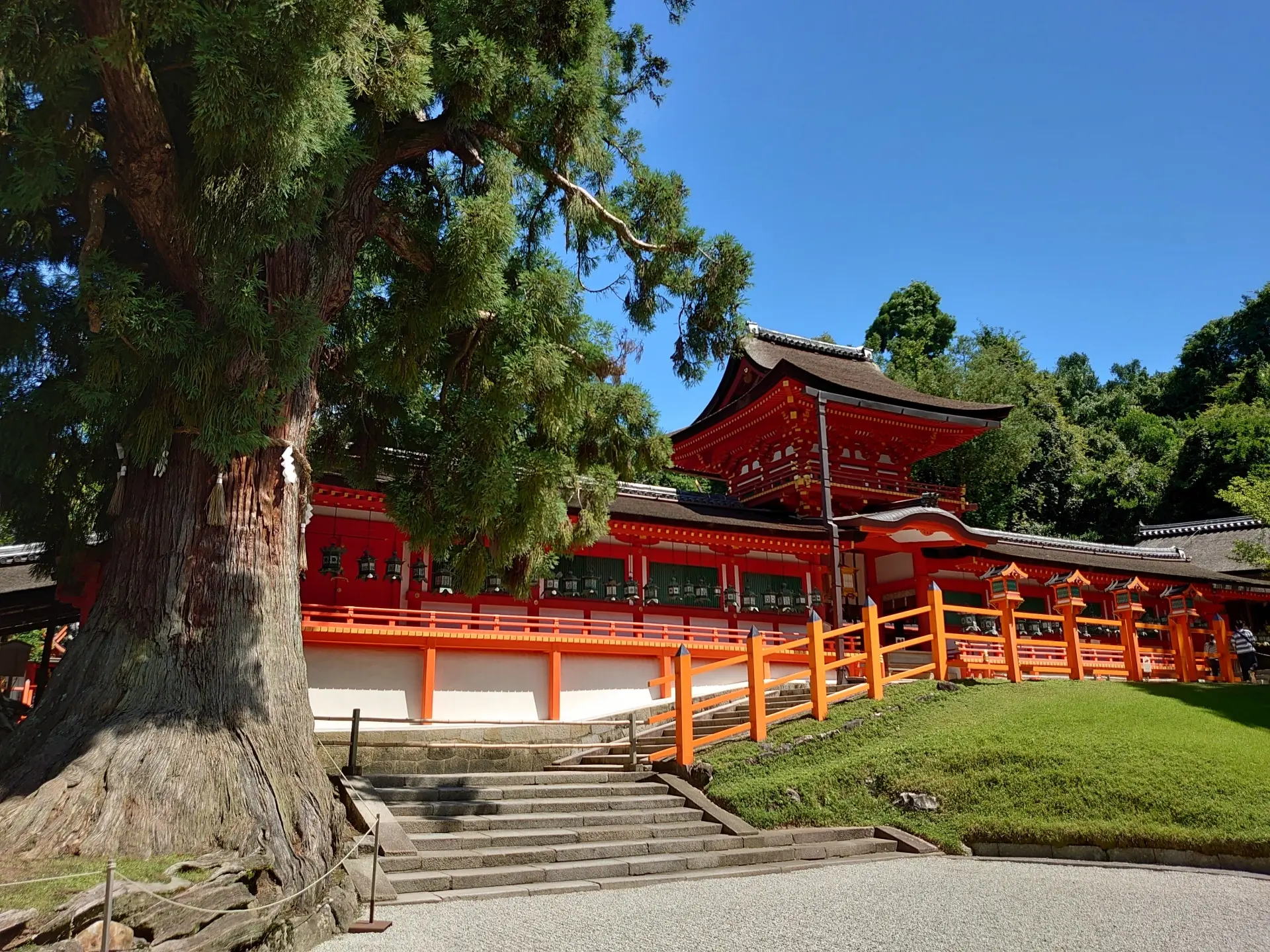Located in Nara, Kasuga Taisha Shrine is one of Japan’s most iconic Shinto shrines.
Known for its vibrant red architecture and thousands of lanterns, it holds both historical and cultural significance.
Visitors from around the world come to admire its unique features and peaceful surroundings.
History of Kasuga Taisha Shrine
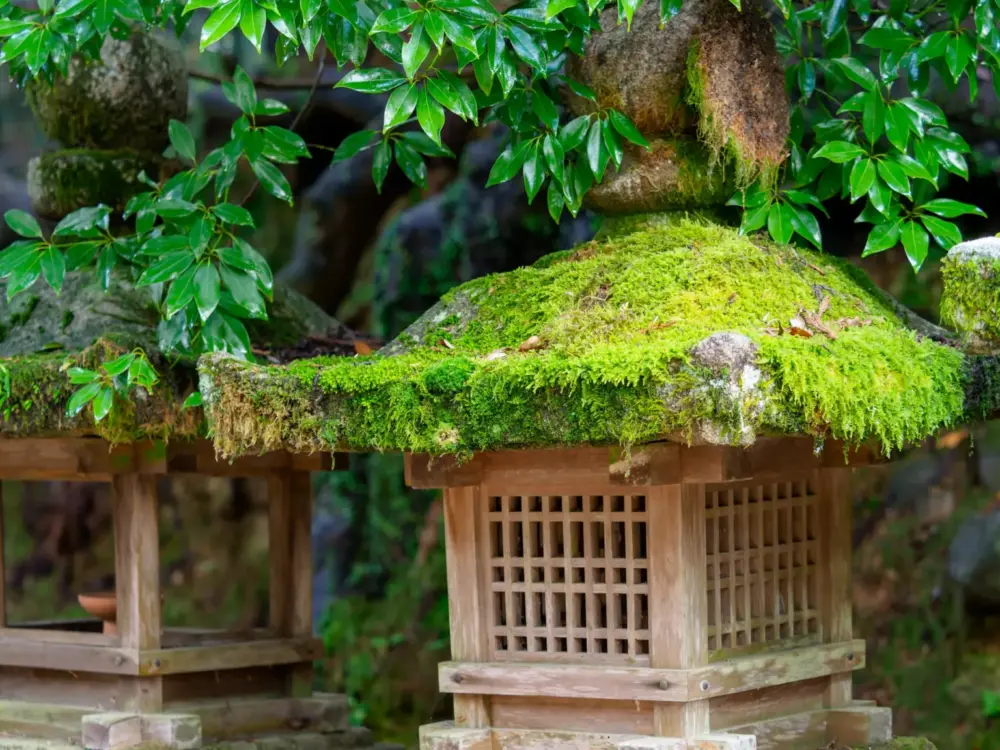
Built in 768 AD, Kasuga Taisha Shrine has a rich history. It was established by the powerful Fujiwara family, one of Japan’s most influential clans.
Over the centuries, the shrine has played an important role in Japan’s religious and cultural traditions.
Main Sanctuary (Honden)

The Honden, or Main Sanctuary, is the heart of Kasuga Taisha. This area reflects traditional Shinto architecture, with vermilion pillars and cypress bark roofs.
Visitors can enter the outer sanctuary freely, while access to the inner area requires a small fee.
Lanterns
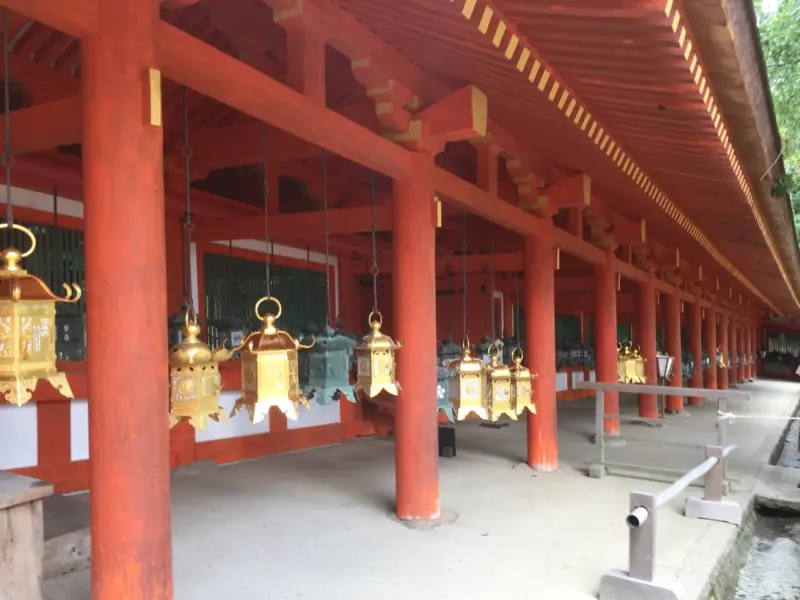
Kasuga Taisha is renowned for its 3,000 lanterns, which have been donated by worshippers over the centuries.
Both stone and bronze lanterns are illuminated during the Setsubun Mantoro in February and the Obon Mantoro in August, creating an enchanting atmosphere.
Manyo Botanical Garden
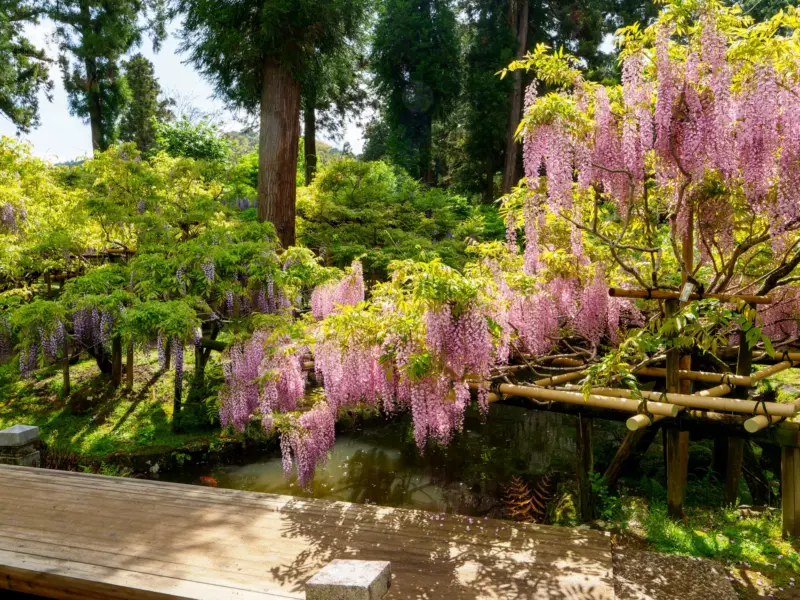
Adjacent to the shrine, the Manyo Botanical Garden showcases over 200 plant species, including wisteria and other plants mentioned in the Manyoshu, Japan’s oldest collection of poetry.
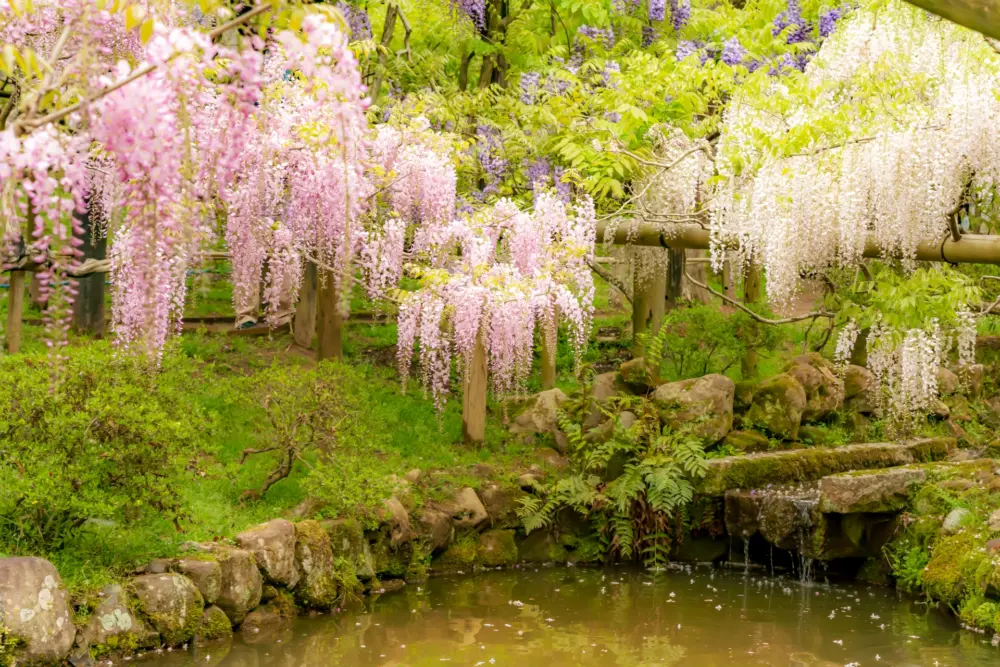
The garden is especially popular during wisteria season in late spring.
Sacred Forest
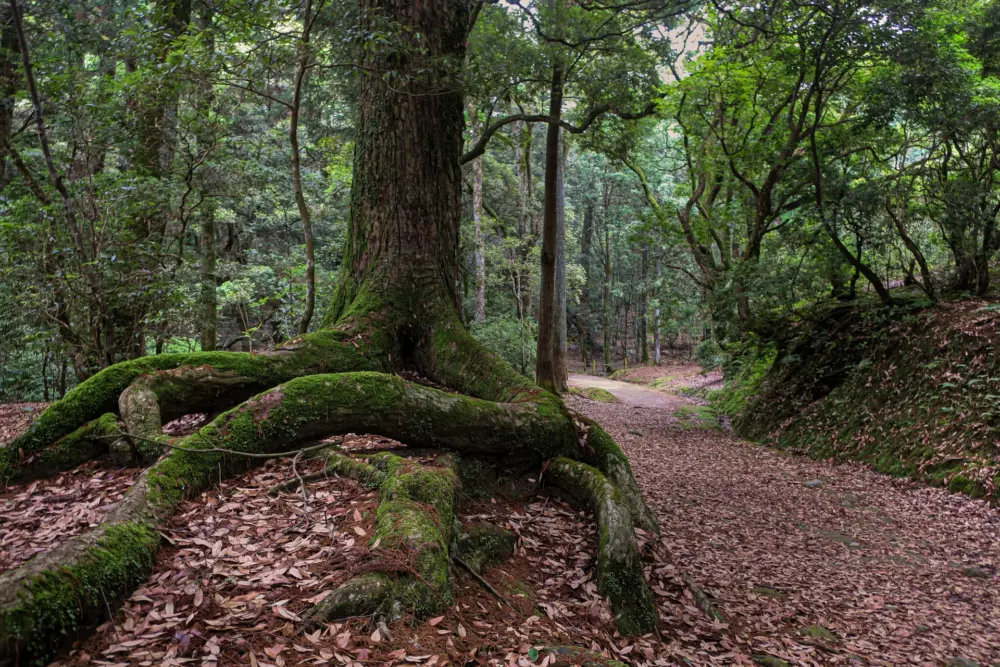
Surrounding the shrine is the Kasugayama Primeval Forest, a UNESCO World Heritage Site. This ancient forest, untouched for over 1,000 years, provides a tranquil setting for reflection and exploration.
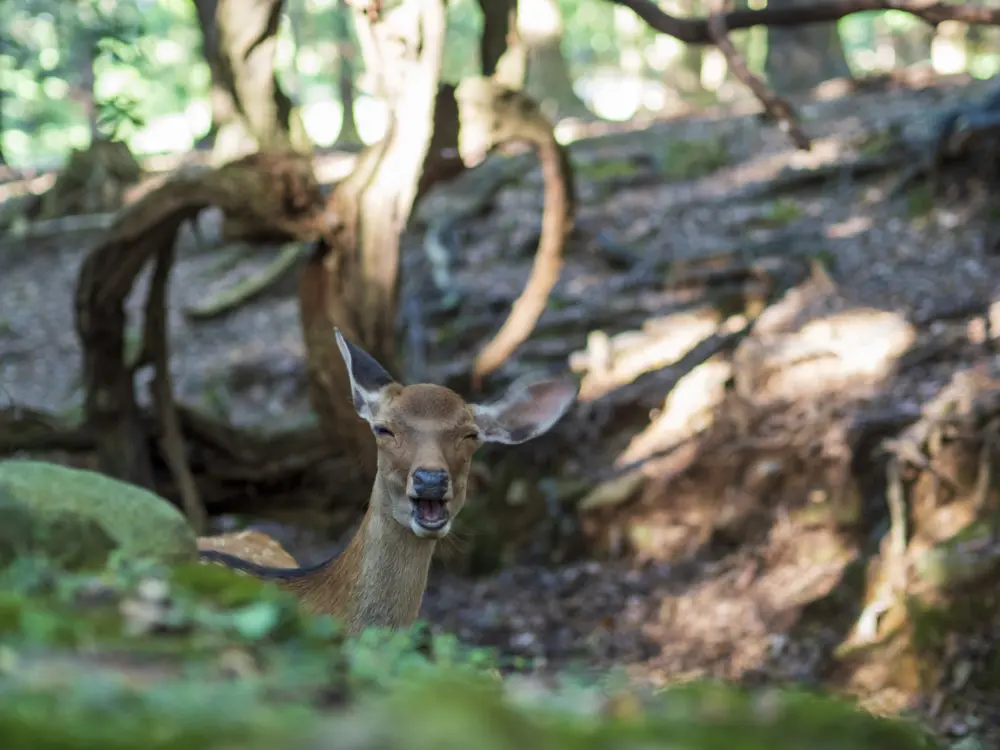
Adding to its magical atmosphere, deer freely wander through the trees.
These gentle creatures, considered sacred messengers of the gods, enhance the forest’s mystical charm and make every visit feel like stepping into a fairytale.
Admission Fees and Hours
Admission: Entry to the outer shrine grounds is free. Access to the inner area costs 500 yen (3.2 USD) , while the Kasuga Taisha Museum and Botanical Garden each have a 500 yen entrance fee.
Hours: The shrine is open from 6:30 AM to 5:30 PM (March to October) and from 7:00 AM to 5:00 PM (November to February). Hours for the museum and botanical garden may vary by season.
Access Information
Kasuga Taisha Shrine is located in Nara Park, making it easily accessible:
- From Kintetsu Nara Station: A 30-minute walk or a short bus ride directly to the shrine.
- From JR Nara Station: A 45-minute walk or a quick bus ride to the Kasuga Taisha Honden bus stop.
Nearby Attractions
- Nara Park: Known for its friendly deer, considered sacred and symbolic to the area.
- Todai-ji Temple: Famous for housing the Great Buddha, one of Japan’s most iconic landmarks.
- Kofuku-ji Temple: Another UNESCO site, renowned for its five-story pagoda and historical significance.
FAQ
Yes, with its historical architecture, vibrant lantern festivals, and beautiful surroundings, Kasuga Taisha is a must-see in Nara.
Entry to the outer shrine is free, while access to the inner sanctuary, museum, and botanical garden each have a 500 yen fee.(3.2USD)
Plan for 1-2 hours to fully enjoy the main shrine, lanterns, museum, and surrounding botanical garden.
| Name | Kasuga Taisha Shrine |
|---|---|
| Address | 160 Kasuganocho, Nara City, Nara Prefecture, 630-8212, Japan |
| Access |
|
| Hours | 6:30 AM – 5:30 PM (varies by season) |
| Admission | 500 yen (Inner Shrine Area) |
| Social Media | |
| URL | Kasuga Taisha Official Website |
| Map | Google Maps |

